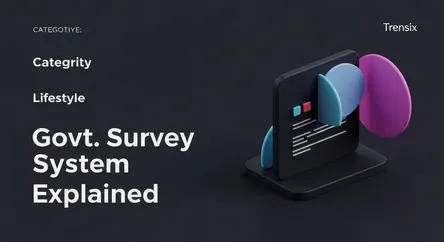Lifestyle
Govt. Survey System Explained

Discover the Government Survey System, the method used to divide and describe land, crucial for real estate transactions and property ownership.
What is it?
The Government Survey System, formally known as the Public Land Survey System (PLSS), is a surveying method developed in the United States to plat, or divide, real property for sale and settling. It creates a grid system of lines based on principal meridians (north-south) and baselines (east-west). This grid is divided into six-by-six-mile squares called townships, which are further subdivided into 36 one-square-mile sections. This systematic approach allows for a clear, legally recognized description of any land parcel within the surveyed area, forming the basis of most property deeds outside the original 13 colonies.
Why is it trending?
While the system itself is centuries old, its relevance is continuously renewed with every real estate transaction and development project. Interest is trending due to a hot real estate market, rising property disputes, and the integration of modern technology like GIS (Geographic Information Systems) and GPS. As more people buy, sell, or inherit land, understanding its precise legal description becomes crucial. Furthermore, infrastructure projects and urban expansion rely heavily on the accuracy of the original PLSS data to plan and execute construction.
How does it affect people?
For homeowners and aspiring buyers, the Government Survey System is fundamental to property rights. It defines the exact boundaries of your land, which is detailed in your property deed. This legal description is essential for securing a mortgage, obtaining title insurance, and preventing disputes with neighbors over fences or property lines. It provides certainty and security in ownership, ensuring that the piece of land you purchase is clearly and legally defined. For developers and investors, it is the blueprint for assessing land value, potential use, and development feasibility.